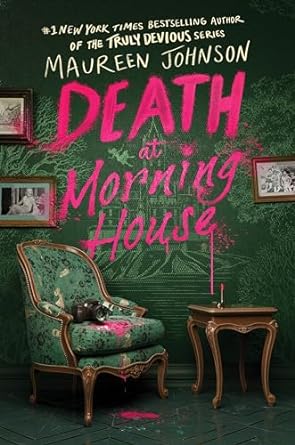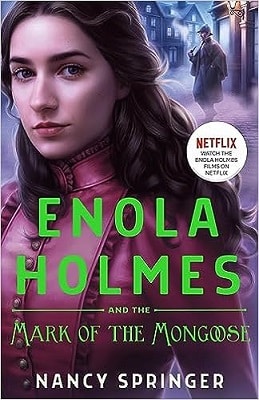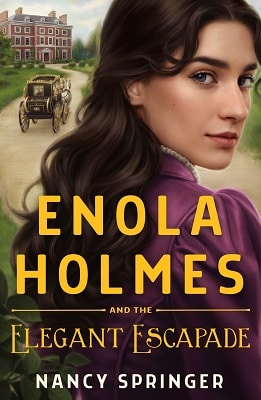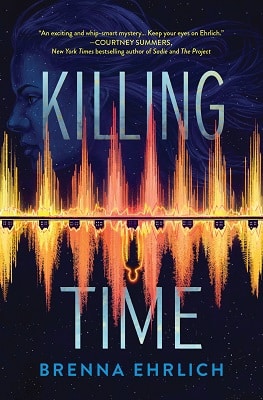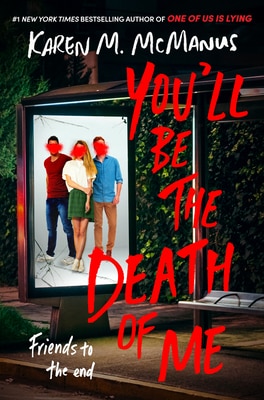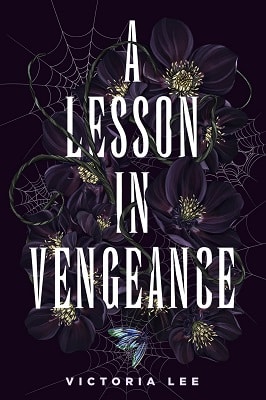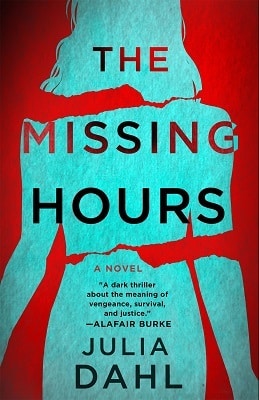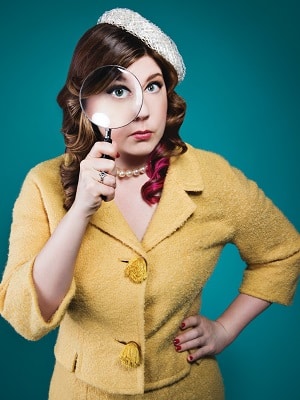
Q&A
Maureen Johnson
Maureen Johnson is the New York Times and USA Today bestselling author of several YA novels, including 13 Little Blue Envelopes, Suite Scarlett, The Name of the Star, and Truly Devious. She has also done collaborative works, such as Let It Snow (with John Green and Lauren Myracle), and The Bane Chronicles (with Cassandra Clare and Sarah Rees Brennan). Her work has appeared in publications such as The New York Times, Buzzfeed, and The Guardian, and she has also served as a scriptwriter for EA Games. She has an MFA in Writing from Columbia University and lives in New York City.
Q. You’ve been writing Stevie Bell mysteries for the last several books—what’s unusual about DEATH AT MORNING HOUSE as your latest release?
Maureen: I’m a classic mystery fan, and you basically have two types of classic mystery. You have a series detective (Sherlock, Poirot, Marple, etc.) and you have the stand-alone books, the stories unto themselves. I wanted to do both. There are more Stevie Bell books coming, but this felt like the right time to put a new, stand-alone book into the mix.
Q. DEATH AT MORNING HOUSE, like many of your mysteries, involves a current mystery and a historical mystery, with both unfolding in two timelines. What are the challenges involved in developing and tracking two mysteries? How do you distinguish tone and style for authenticity?
Maureen: Mysteries are all about unpicking things that have come before and setting them in order, working out motives, figuring out where the evil set in and why. It’s also important to do in general—how did we get where we are? What story have we told ourselves about our own history, and what parts did we conveniently leave out. So it’s always made sense to me to reach back and have these two timelines. (Also, having a past crime in the book is useful, procedure-wise, because the past was a totally free for all in terms of crime scenes, and the solves generally aren’t scientific. You have clues. A letter. An open window. A footprint. Things readers can work with.) For some reason, I always find the historical sections of these books much easier to write. I can’t really explain why.
Q. Everyone’s heard of Thousand Islands salad dressing, but perhaps they don’t know much about the Thousands Islands region of upstate New York. Why did you decide to set your book there? And how did you do your research?
Maureen: I remember reading about it as a kid and being fascinated by all of these small islands, so close and yet so far, in the beautiful, almost tropical-looking water. I had seen pictures of mansions and castles, people boating from house to house on this glowing water. I went to the Thousand Islands for research for the book, well after I was underway. I always try to go to the place I’m setting a book in, which means that I have driven myself up mountains in tiny cars, wandered down dark alleys in London, looking for sewer tunnels and listened for the places where the water drips. This was a particularly nice location.
The day I was scheduled to go was the great Northeast summer fire (the first, I worry, of many). The sky in New York City turned a glowing orange but was also dark, like we were in a reverse jack o’lantern. We had most of the smoke, but the bulk was over Syracuse, which is the city I was supposed to fly into. All flights were grounded over both. It was another reminder—look at where we are and ask how we got here.
I made it there the next week. It’s such a beautiful, extraordinary place. The St. Lawrence is everything, and people go from shore to island to island through this beautiful, clear water. It glows kind of a tropical green in places. And you float along, past islands only big enough to hold one small house. You see the history of the rich of the early 20th century—people who built themselves castles. It’s wild and incredible and I want to go back tomorrow.
Q. DEATH AT MORNING HOUSE has all the elements for a classic mystery: an old mansion on a remote island, quirky colorful characters, an unsolved crime, and missing people. You have even labeled it a “classic, fair-play mystery.” Which classic mysteries or mystery writers influenced the story?
Maureen: There are some nods to several classic mysteries in Death at Morning House. One of the characters is reading Josephine Tey’s The Daughter of Time (which turns out to be quite relevant). There are several nods to other books, but I’d be spoiling parts of the story by pointing them out. There’s a strong nod to an Agatha Christie in there (not And Then There Were None, because it’s an island, though I dropped a tiny Easter egg in reference to it).
I would imagine that Mystery and Suspense readers might be acquainted with the old classic rules of writing a mystery. I’ve done some picking and choosing. These are the rules I play by:
- Everything you need to solve the mystery is in the book. You don’t need specialized outside knowledge.
- The murderer(s) is always in the story and introduced early enough. You don’t meet them on page 380 of a 400-page book, for example. My general rule is the first third.
- No supernatural elements are at play.
- The core truth of the matter should be clear early on—I might have to distract you from it, but it is there.
Q. Marlowe Wexler doesn’t have Stevie Bell’s innate detective skills. What characteristics, or skills, or even style, did you give her in the unraveling of the mysteries? How is her approach different than Stevie’s?
Maureen: Stevie Bell wants to be a detective, and that’s how she becomes one. Marlowe Wexler does not. Marlowe is a romantic, outgoing person who gets nervous around pretty girls. That was my starting point: the accidental detective, the person thrown into a situation by chance, not someone who sought it out. She’s a romantic at heart, awkward, friendly, and in no way prepared to investigate a murder.
Q. What are you working on next?
Maureen: I’m going right into the next Stevie Bell mystery. And I just finished (literally) a new dossier mystery I’m making with my friend Jay Cooper. It’s called You Are the Detective: The Creeping Hand Murder. It’s a case file—a collection of documents and photographs (illustrated by Jay), and you solve the case. The solution is sealed in the back. They hearken back to the Dennis Wheatley dossiers of the 1930s. Let’s bring them back!
Maureen Johnson's Latest
Death at Morning House
The fire wasn’t Marlowe Wexler’s fault. Dates should be hot, but not hot enough to warrant literal firefighters. Akilah, the girl Marlowe has been in love with for years, will never go out with her again. No one dates an accidental arsonist.
With her house-sitting career up in flames, it seems the universe owes Marlowe a new summer job, and that’s how she ends up at Morning House, a mansion built on an island in the 1920s and abandoned shortly thereafter. It’s easy enough, giving tours. Low risk of fire. High chance of getting bored talking about stained glass and nut cutlets and Prohibition.
Oh, and the deaths. Did anyone mention the deaths?
Maybe this job isn’t such a gift after all. Morning House has a horrific secret that’s been buried for decades, and now the person who brought her here is missing.
All it takes is one clue to set off a catastrophic chain of events. One small detail, just like a spark, could burn it all down—if someone doesn’t bury Marlowe first.

